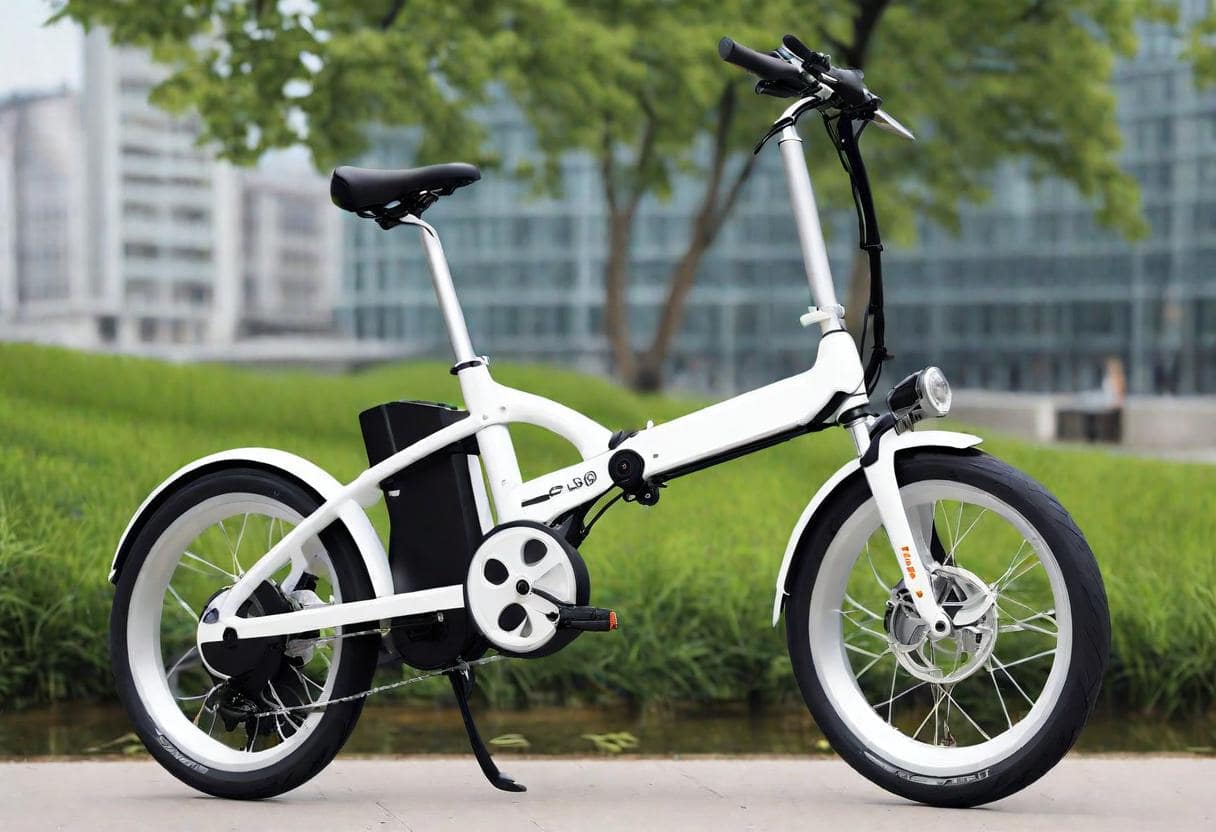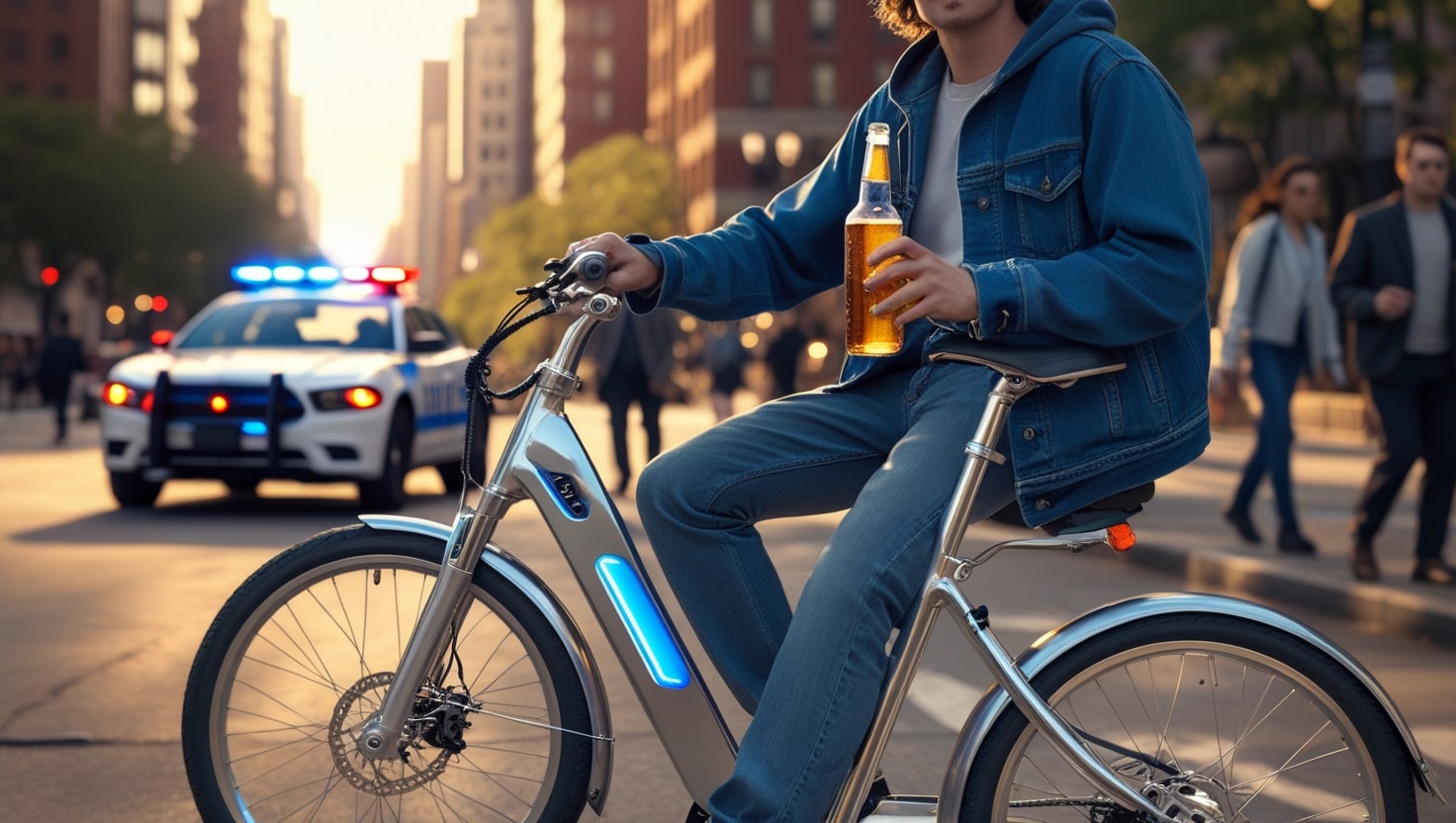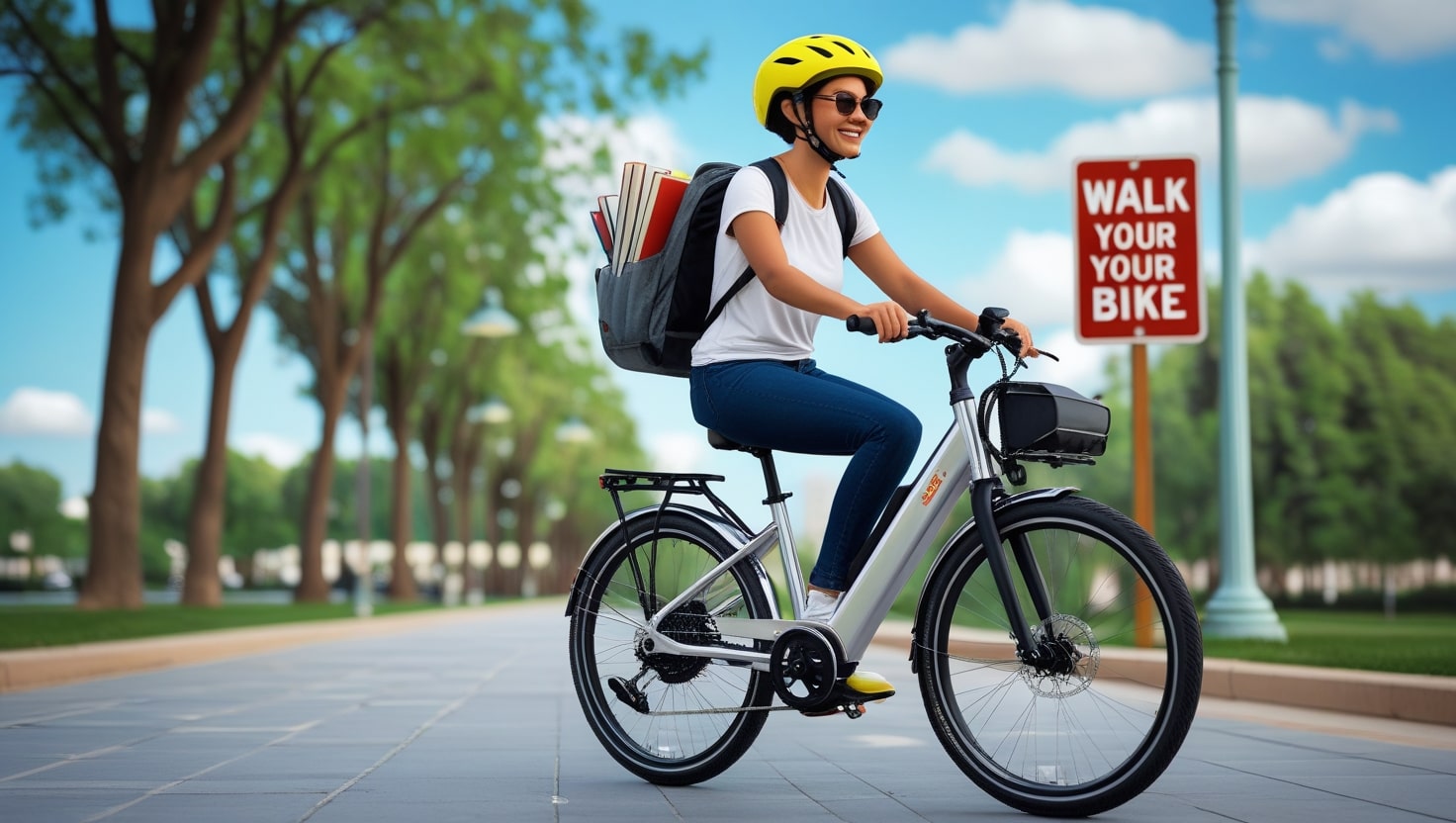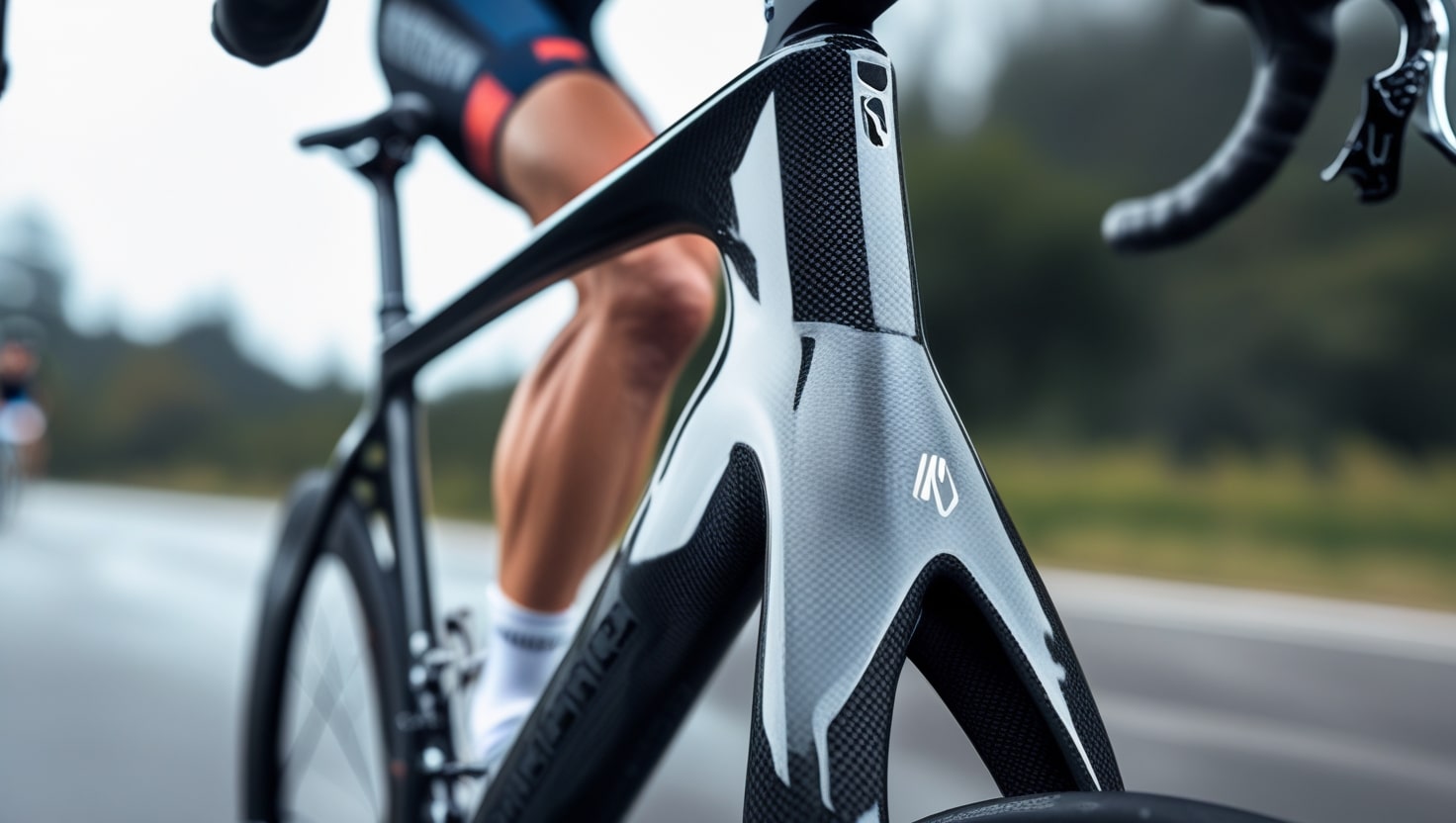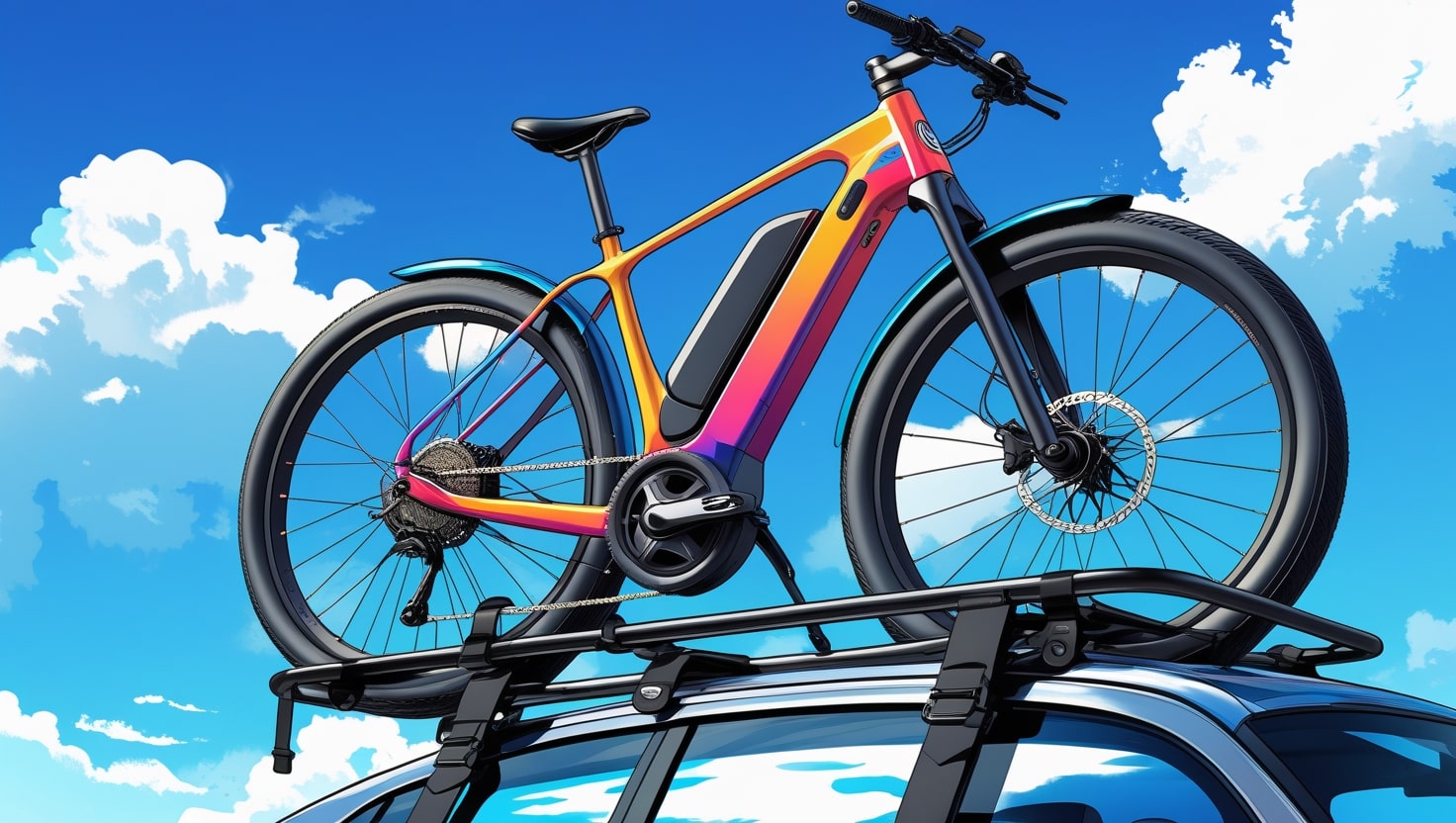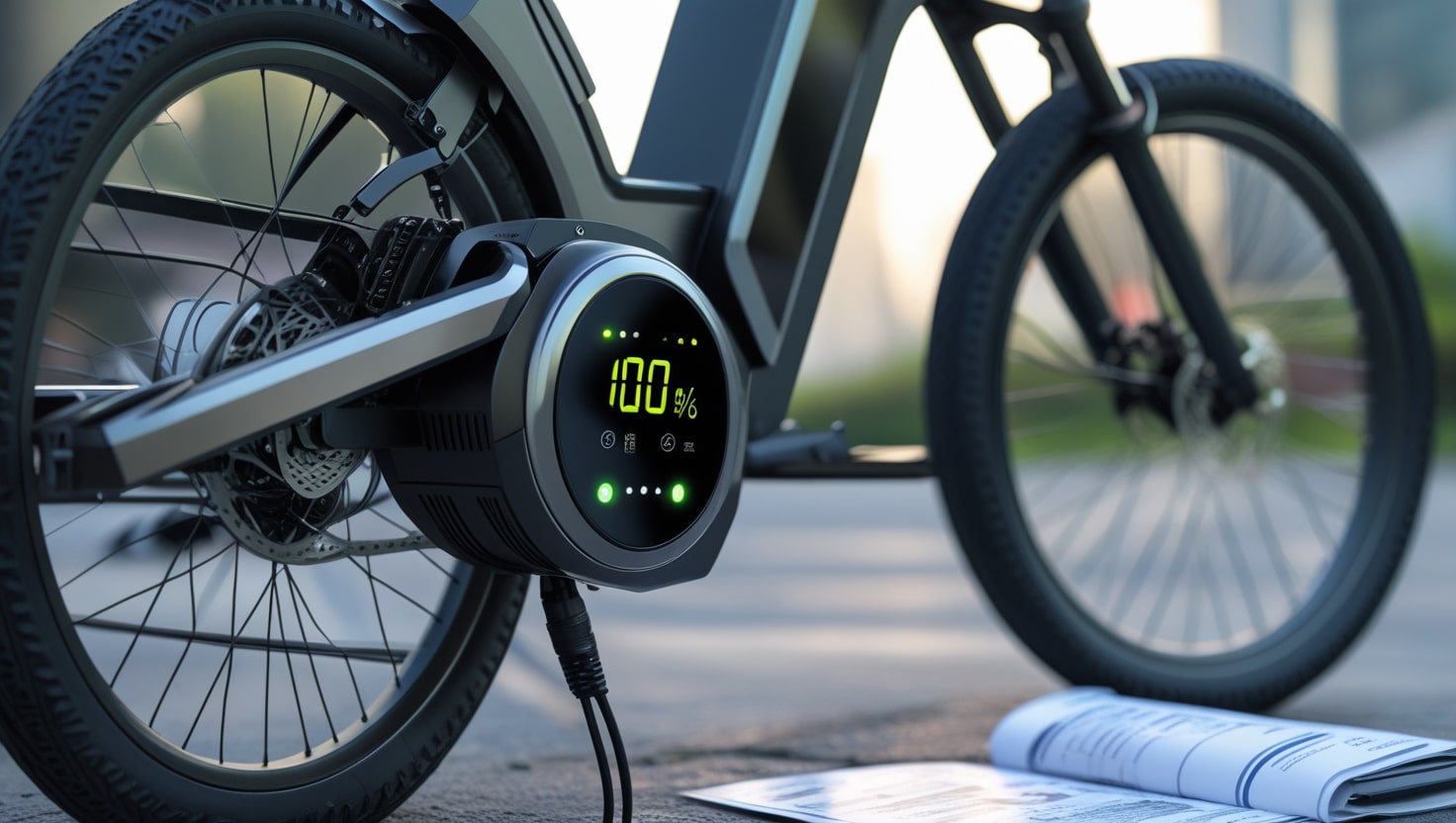Riding electric bikes in Alaska has become quite common due to their growing popularity for commuting, recreation, and exercise. However, many riders are still confused about the legal status of eBikes since there is no state-level regulation clearly governing them. Unlike traditional bicycles, which have established rules, eBikes exist in a gray area without specific regulation. Understanding Alaska eBike laws requires looking at available information to ensure compliance while enjoying the freedom these bikes offer.
Understanding Alaska eBike Laws
In 2023, the Alaska Legislature introduced House Bill 8 to define and regulate electric-assisted bicycles (eBikes), aiming to provide clarity on their usage. However, the bill was vetoed by Governor Mike Dunleavy, who argued that regulating eBikes would lead to unnecessary bureaucracy. Instead, he believed that decisions on eBike policies should be left to local governments, allowing flexibility at the state level. As a result, eBikes remain unregulated, leaving riders without a clear statewide framework.
This permissive approach means eBikes are treated similar to traditional bikes, except where restricted by local ordinances. While this offers riders the benefit of fewer barriers, it is important to understand and follow all applicable rules set by local authorities.
eBike Classifications
While Alaska does not legally recognize specific eBike classifications, understanding the standard three-class system helps riders determine how their eBike may fit within local rules or align with laws in other states. Since there is no uniform statewide approach, knowing these categories gives an overview of how eBikes are typically regulated elsewhere.
- Class 1 Electric Bikes: fully pedal-assist, with a 20 mph highest assist speed.
- Class 2 Electric Bikes: Equipped with a throttle that can propel the bike without pedaling, also limited to 20 mph.
- Class 3 Electric Bikes: Usually has a speedometer and is pedal-assist only, with a top speed of 28 mph.
Similarities Between eBikes and Traditional Bike Laws in Alaska
In Alaska, the absence of specific eBike regulations means they are treated similarly to traditional bicycles under traffic laws. While cyclists are granted rights and subject to certain duties like motor vehicle operators, some exceptions exist.
- Cyclists must follow applicable vehicle rules.
- No statewide helmet laws, but local rules apply (e.g., Anchorage requires helmets for riders under 15).
- Generally speaking, riding on sidewalks is permitted unless local laws specifically state otherwise.
Do You Need a License to Drive an Electric Bike in Alaska?
In Alaska, a driver’s license is not required to operate an eBike because there are no state-level regulations classifying them as motor vehicles. Instead, eBikes are treated like a regular bike in most cases, allowing riders to enjoy the same freedom without additional legal requirements.
Are Electric Bikes Street Legal in Alaska?
Yes, eBikes are generally considered street legal in Alaska, but specific rules can vary based on the locality. Local ordinances may dictate how and where eBikes are used, including restrictions on bike paths or multi-use trails, so riders should check their area’s regulations before heading out.
Can You Ride an eBike on Sidewalks in Alaska?
Currently, no state law is addressing eBike use on sidewalks, meaning the decision depends on local regulations. Riders should consult their city or town’s rules to determine if eBikes are allowed in a particular area since policies can vary.
Equipment Standards for eBikes in Alaska
Although the following general safety procedures are advised, there are no state-mandated equipment standards for e-bikes:
- Reflectors: Equip your eBike with reflective materials on the sides to meet visibility standards and improve safety.
- Lights: A white front light must be visible from 500 feet, and a red rear reflector or taillight is required when riding at night.
- Brakes: Your bike must have a functional brake system capable of stopping within 25 feet when traveling at 10 mph on dry, level pavement.
Helmet Rules
There are no statewide helmet laws specifically for eBikes, but it is recommended that riders wear a helmet to ensure their safety. In some municipalities, such as Anchorage, local regulations may make helmets required for those under 18, so checking local laws before riding is important.
Related: North Dakota Ebike Laws
Parking Rules
When parking eBikes or bicycles in Alaska, riders must follow specific restrictions to ensure safety and accessibility. These rules help prevent issues with pedestrian traffic and motor vehicles.
- Do not obstruct sidewalks, crosswalks, or areas where pedestrian traffic flows.
- Avoid securing bikes to public infrastructure, such as fire hydrants, traffic signal poles, or trees with a diameter of less than 10 inches.
- Follow parking regulations for motor vehicles when parking near a highway or other public roads.
Where You Can Ride
Since there are no state-level regulations, where you can ride an eBike depends on local laws. In general, different areas have specific rules that riders must follow.
- Roadways: On highways where conventional bicycles are allowed, eBikes are usually allowed as well.
- Bike Paths and Multi-Use Trails: Access may vary, so always check local ordinances for any restrictions.
- Sidewalks: eBike use on sidewalks depends on local rules, so verify the regulations in your area before riding.
Related: New York Ebike Laws
Neighborhood Guidelines and also Regulations
When it comes to Alaska e-bike laws, it’s crucial to understand that while there is a statewide regulatory framework in place, regional towns and areas may have the authority to impose additional rules and restrictions. This means that even though e-bikes are legal in some parts of the state, local regulations can dictate where and how these bikes can be used. For instance, an e-bike might be allowed on a particular road in one area but could be banned from similar roads in another.
Before you start your ride or embark on a tour, it’s important to recognize that detailed guidelines for riding may vary. To avoid potential legal problems, it’s a good idea to check local government websites, talk to police officers, or even start a cycling campaign with the group in your neighborhood to better understand what’s permitted. Knowing the local rules will not only keep you out of trouble but also make for a much more enjoyable and hassle-free riding experience.
Are there any age restrictions to riding an electric bike in Alaska?
In Alaska, if you are 14 or 15 years old, you must apply for a special permit with your parents’ permission. You can ride a motor-driven bike with an engine displacement under 50cc if you have this permit.
Conclusion
Understanding Alaska e-bike regulations may seem like a daunting task, but with the right information, riders can enjoy a safe and legal experience. Whether it’s learning about licensing requirements, following guidelines for riding on public lands, or adhering to safety and security protocols, staying informed ensures compliance with state and local laws. This comprehensive guide serves as a valuable source for everything related to e-bikes in the region.
Related: Idaho eBike Laws
Related: South Dakota Ebike Laws
FAQs
Are electric bikes street legal in Alaska?
In general, e-bikes are allowed on Alaskan streets. Riders should be informed of local laws, though, as they could restrict access to particular e-bike classes or roads.
Do you need a license to drive an electric bike in Alaska?
No, you do not need a driver’s license. According to state legislation, e-bikes are not considered motor vehicles.
Can I ride an electric bike on singletrack trails in Alaska?
Singletrack trail access is governed by park or local regulations. Although some paths may be prohibited, eBikes are treated the same as regular bicycles in many state parks and recreational areas. Before you ride, check with the park authority or trail manager.
Are helmets required for riding an eBike in Alaska?
At the state level, helmets are not mandatory. Local governments like Anchorage, however, might mandate that riders under a specific age wear helmets. Wearing one is usually a good idea for safety.
How do eBike laws compare to regular bike laws in Alaska?
E-bikes are typically handled similarly to conventional bicycles. Although riders must abide by the same traffic laws and have the same rights, depending on the area, motor-assisted bicycles may be subject to particular limitations.
What are the restrictions on Motor power or throttle in Alaska?
In Alaska, there are no throttle or motor power limitations.
How fast can my eBike go?
In the U.S., eBikes are divided into three classes, each with different speed limits. Class 1 eBikes provide assistance only when pedaling and have a top speed of 20 mph. Class 2 eBikes come with a throttle, allowing riders to move without pedaling but are still limited to 20mph. Class 3 eBikes, known as speed pedelecs, offer assisted speeds up to 28mph, but riders must continue providing pedal power to reach that speed.
The heart of an eBike is to be similar to a conventional bicycle, allowing riders to travel safely while following the speed limit. If eBikes had higher power and speeds, they would be regulated like a scooter or motorcycle, requiring registration, licensure, and insurance. In addition, this would limit where eBikes can be legally ridden, reducing their value as a transportation option. With more places added every year for eBike access, riders can enjoy flexibility and convenience without extra legal restrictions.

